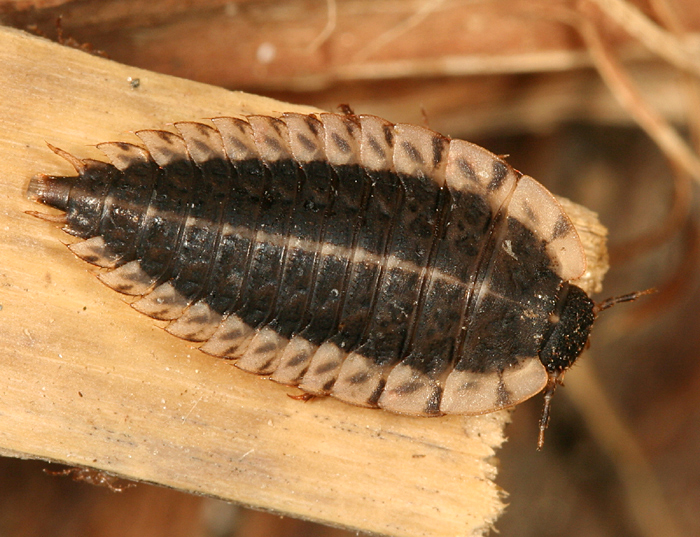Interactions
Carrion beetles are well known for
their behavior of exploiting vertebrate carcasses for nutrition;
they are decomposers. The larvae of species in the subfamily Silphidae, like
Oiceoptoma noveboracense, feed on large carcasses. The
adults of those species feed on larvae of competing scavengers
that can be found on that carcass (Kaltenpoth et al. 2013).
Other than flies, they are most likely the first insects to
arrive at a carcass within 24 hours (Lauff et al. 2012).

One interaction that O. noveboracense has with other species, ranging from humans to animals, is their importance in medicocriminal entomology. Medicocriminal entomology is the area of forensic entomology that focuses on the use of arthropod evidence in criminal investigations (Brewster et al. 2004). Data collected by forensic entomologists on the arthropod populations associated with a deceased individual can be used to determine the place where the death occurred, as well as the time that had elapsed since the death (Brewster et al. 2004). One way that forensic scientists can estimate a time of death is by looking at the species of beetles that are on the decomposing organism and the degree of development in those beetles (Brewster et al. 2004).
Studies have shown that O. noveboracense is most commonly found on the corpse between four and twelve days after the organism has died. This is later then most beetles within the subfamily Silphidae (Brewster et al. 2004). In between four and twelve days is the time that the organism begins to bloat and actively decay (Brewster et al. 2004). However, unlike other species in the subfamily Silphidae, O. noveboracense is not a burying beetle. It does not bury carcasses, nor is it found in association with already buried carcasses. In fact, the purpose of carcass burial by burying beetles is to hide the resource from O. noveboracense, a competitor (Lauff et al. 2012).
A second interaction that has been found among O. noveboracense beetles is the medically important true bacteria that is associated with them. These bacteria are found in the mid and hindgut regions of the beetle (Berdela et al. 1994). In a study conducted by Berdela and his team, it was found that the guts of O. noveboracense flourished in bacteria, including gram-positive, gram-negative, and anaerobic bacteria (Berdela et al. 1994). It is unknown what the association between the bacteria and O. noveboracense is, but many of the species of the bacteria found are known opportunistic pathogens (Berdela et al. 1994).
Click here to continue to the Reference page
Click here to return to the Home page
